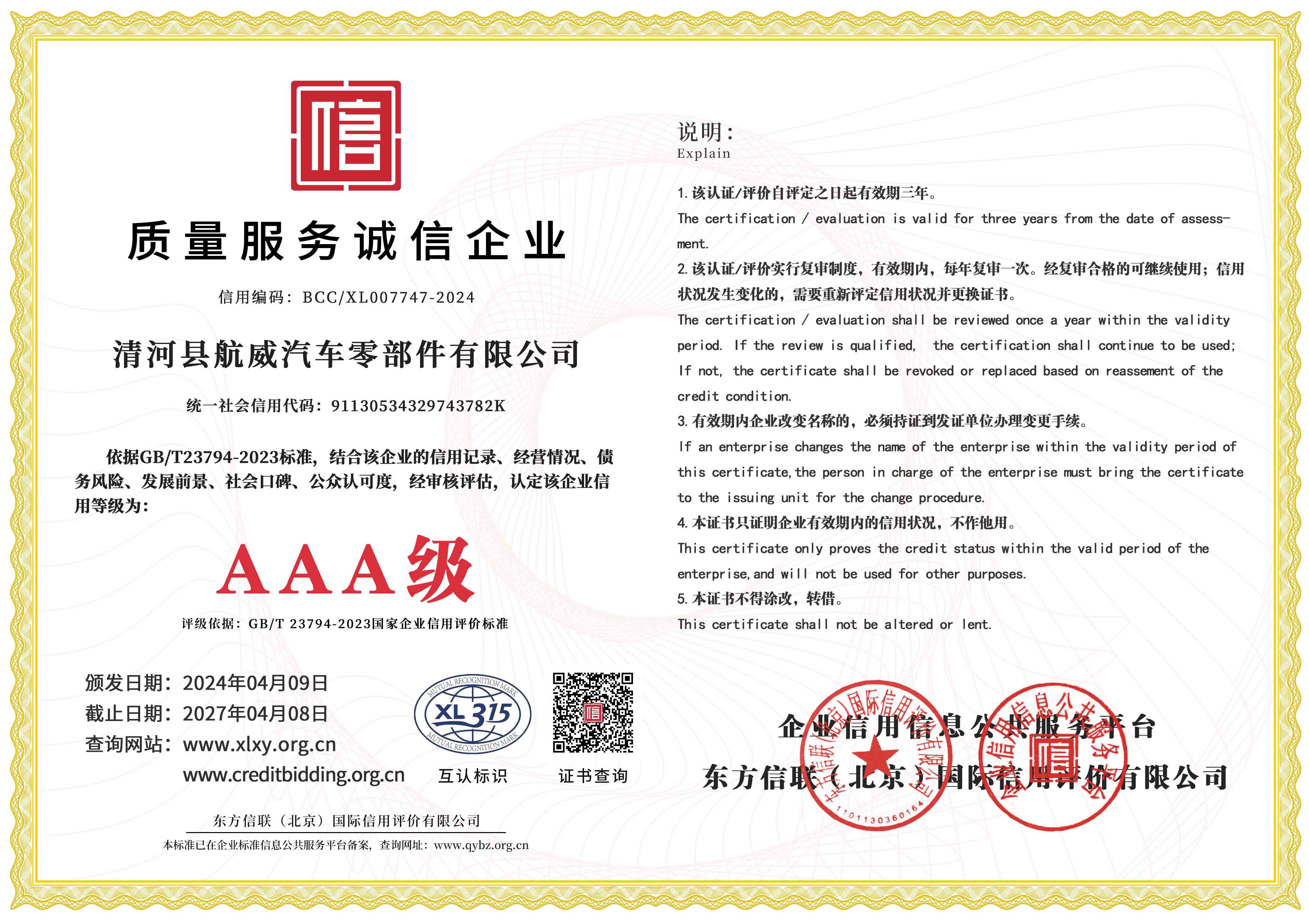throttle and throttle cable
Understanding Throttle and Throttle Cable The Heart of Engine Control
The internal combustion engine is a complex piece of machinery that relies on various components working together to ensure optimal performance. Among these components, the throttle and throttle cable play an indispensable role in regulating the engine's power output and responsiveness. This article delves into the function, importance, and maintenance of the throttle and throttle cable, highlighting their significance in automotive engineering.
What is a Throttle?
At its core, the throttle is a device in an engine that controls the amount of air-fuel mixture entering the combustion chamber. This regulation is vital for several reasons. First, it enables the driver to control the speed and power of the vehicle. When the driver presses the accelerator pedal, the throttle opens, allowing more air into the engine. This increase in air correlates to a proportional increase in fuel injection, which in turn enhances engine power and speed.
Throttle systems can be either mechanical or electronic. Mechanical throttle systems are linked directly to the accelerator pedal via a throttle cable, while electronic throttle control (ETC) employs sensors and actuators, thus eliminating the need for a physical cable. Each system has its advantages, with electronic systems generally offering better responsiveness and efficiency.
The Throttle Cable A Critical Link
In mechanical systems, the throttle cable acts as a crucial link between the accelerator pedal and the throttle body. This flexible cable transmits the driver's input directly to the throttle valve, providing a tangible response to the accelerator pedal's movement. High-quality throttle cables are designed to withstand the wear and tear of daily driving, ensuring reliable operation over time.
One of the key benefits of a properly functioning throttle cable is the enhanced driving experience it facilitates. A worn or damaged cable can lead to various issues, such as a sticky throttle or erratic engine behavior. In extreme cases, it can even result in complete throttle failure, which could pose a significant safety risk. Regular maintenance of the throttle cable includes inspection for frays, corrosion, or other damage that could impede its functionality.
The Importance of Throttle Functionality
A well-functioning throttle and throttle cable are critical for several reasons. First, they ensure the engine operates efficiently, with the right balance of power and fuel consumption. An improperly calibrated throttle can lead to excessive fuel consumption, reduced engine performance, and increased exhaust emissions.
throttle and throttle cable

Moreover, the throttle's responsiveness directly affects the vehicle's drivability. A lagging throttle can make a vehicle feel unresponsive, leading to a frustrating driving experience. Conversely, a finely-tuned throttle will deliver a seamless acceleration experience, allowing the driver to merge onto highways or navigate through traffic with confidence.
Maintenance Tips for Throttle and Throttle Cable
To keep the throttle and throttle cable in good working condition, vehicle owners should follow several maintenance tips
1. Regular Inspections Check the throttle cable for any signs of wear, such as fraying or kinks. Inspect the throttle body for dirt or carbon build-up, which can affect airflow.
2. Lubrication Applying a suitable lubricant to the throttle cable can help maintain smooth operation. This is particularly important in older vehicles where the cable may become stiff over time.
3. Cleaning Periodically clean the throttle body to ensure optimal airflow. Accumulated grime can hinder the throttle's performance and responsiveness.
4. Professional Service If there are signs of throttle issues, such as unusual engine behavior or difficulties accelerating, have the system checked by a professional mechanic. They can accurately diagnose and repair any underlying problems.
Conclusion
In conclusion, the throttle and throttle cable are pivotal to controlling an engine's power output and responsiveness. While advancements in technology have introduced electronic throttle systems, traditional mechanical systems with throttle cables remain prevalent, particularly in older vehicles. Understanding their function, importance, and maintenance will empower vehicle owners to ensure their engines perform optimally, providing a safer and more enjoyable driving experience. Regular checks and maintenance are essential to prevent issues, allowing drivers to fully appreciate their vehicle's capabilities on the road. By prioritizing the health of the throttle and cable, drivers can enhance not only their vehicle's performance but also its longevity.
-
Workings of Clutch Pipe and Hose SystemsNewsJun.04,2025
-
The Inner Workings of Hand Brake Cable SystemsNewsJun.04,2025
-
The Secrets of Throttle and Accelerator CablesNewsJun.04,2025
-
The Hidden Lifeline of Your Transmission Gear Shift CablesNewsJun.04,2025
-
Demystifying Gear Cables and Shift LinkagesNewsJun.04,2025
-
Decoding Clutch Line Systems A Comprehensive GuideNewsJun.04,2025
